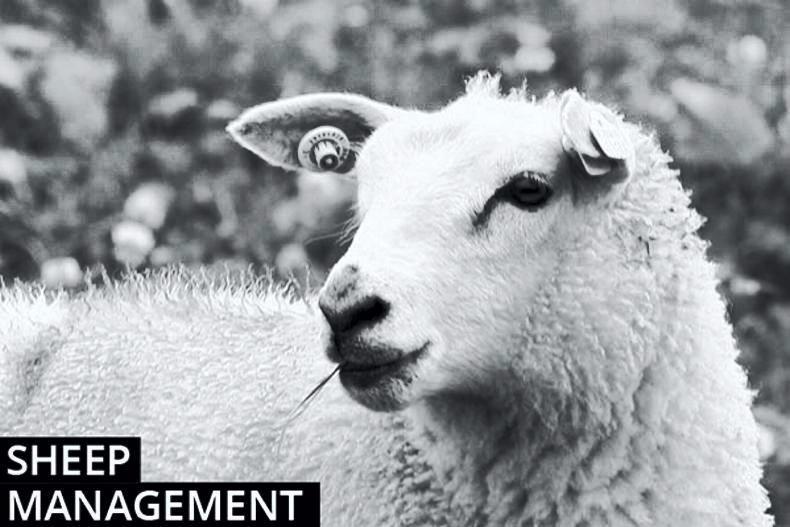Mastitis risk
Recent weather has put lactating ewes under significantly more stress with a rise in cases of mastitis reported. Inadequate intake and a poor milk yield is regularly linked to cases where lambs are suckling vigorously and a ewe’s teats become sore, leading to a reluctance to stand for lambs to suckle. Treatment options depend on the type of mastitis present. The characteristic symptoms of peracute or gangrenous mastitis is severe depression, ewes ceasing eating , dehydration and a swollen mammary gland that turns from warm at the start of the infection to a blue discoloration. In the worst-case scenario, the mammary gland can become rotten and fall away. Acute mastitis can be identified by a warm, swollen, red gland that can possess normal or abnormal looking milk. The gland is typically painful to touch and leads to ewes often walking lame in trying to avoid touching the gland with their leg. The other forms are chronic mastitis which often go unnoticed and subclinical mastitis which is also hard to identify. The first sign is often lambs thriving poorly or sucking continuously. This form can progress to clinical forms described above. Treatment of all types generally includes administering a course of antibiotics with veterinary advice to segregate affected animals from the flock. If multiple cases arise, it is advised to collect a sample for laboratory analysis and to allow a targeted treatment programme. Non-steroidal anti-inflammatory drugs with pain relieving action are also prescribed by some vets.
EID tagging
The national sheep identification system rules state that 2017-born sheep must be upgraded to electronic identification status on turning one year of age. The reference point used as an animal turning one year of age is the emergence of two permanent teeth. The most straightforward way of upgrading hoggets to EID status is to apply an EID tag set (one electronic and one permanent tag) and correlate the tag number change in your flock register. This is also an option for addressing older animals that have lost tags.
The other avenue for upgrading hoggets to EID status is to order a matching tag to the one the animal already possesses. This will often work out at a higher cost than applying a new tag set as some tag companies have a higher cost if tags need to be printed individually as opposed to running off a batch in sequence.
Spring lambs sales avenue
Factory demand for spring lambs is reported as variable over the last week. Demand looks to be increasing this week as plants fill orders for the Easter trade. It is likely to be some time before plants make any move to switch over to spring lamb with supplies said to be even tighter than previous years. It is advisable to weigh up the best sales option for the type of lambs present with butchers also likely to be more active in sourcing lambs in marts over the coming days.
Lambs finished intensively will achieve a kill-out percentage in the region of 48% to 50% with young and well conformed lambs at the higher end of this range. This should be taken into account when drafting lambs with potential to draft lambs at a lower liveweight while market demand is at its strongest level.






 This is a subscriber-only article
This is a subscriber-only article










SHARING OPTIONS: